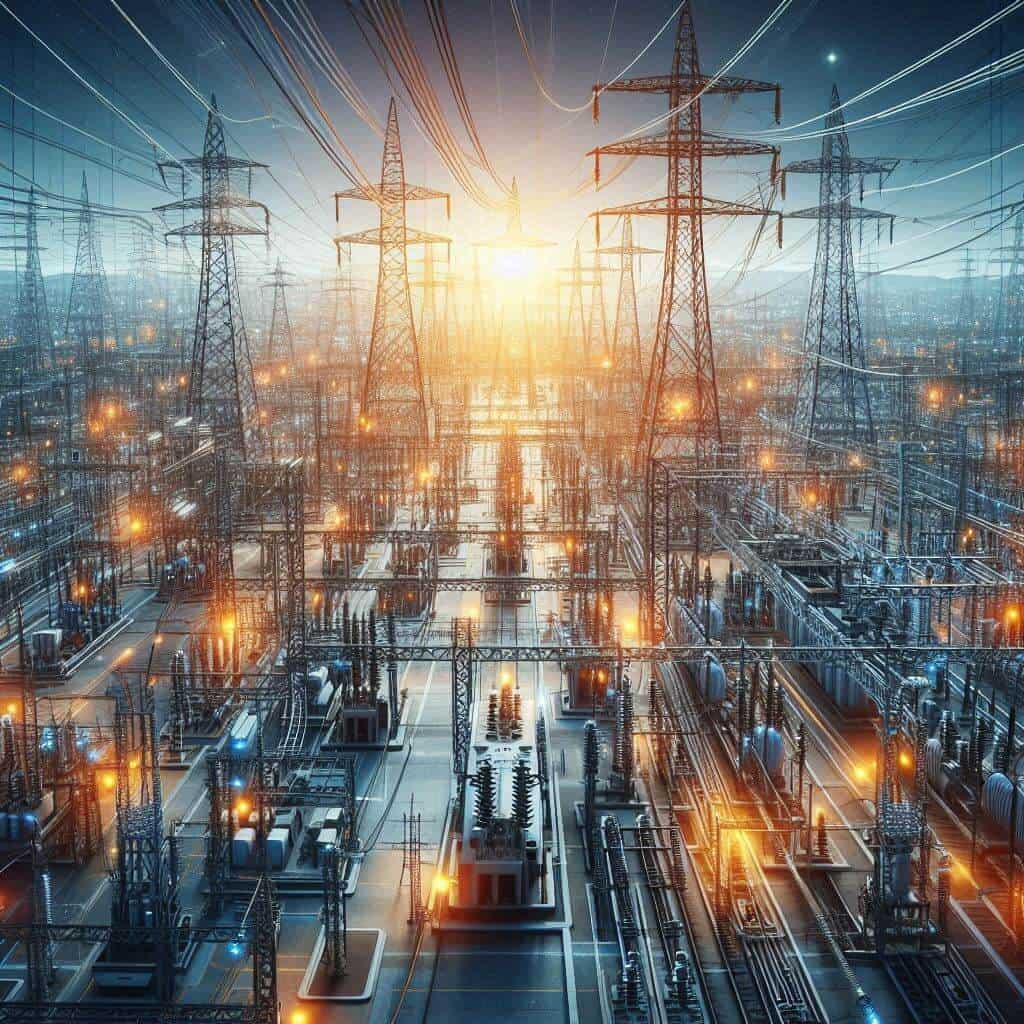
- June 28, 2024
- allix
- Research
Researchers at the University of Texas at Dallas have created an artificial intelligence (AI) model designed to help power grids prevent blackouts by rerouting power in milliseconds. This innovative system, developed in partnership with engineers at the University of Buffalo, New York, was highlighted in a study published in June in Nature Communications.
This method is a pioneering example of “self-healing grid” technology. This artificial intelligence technology automatically detects problems, such as outages and storm-damaged lines, without human intervention when problems arise. North American power is a complex network that includes transmission and distribution lines, generating plants, and transformers that move electricity from sources to end users.
In their study, using different scenarios in a test network, the researchers demonstrated that their system can quickly identify alternative routes for power transmission in the event of a failure. The main advantage of artificial intelligence in this context is its speed: it can change the route of electrical flow in just milliseconds, while controlled processes of finding alternative paths can take from minutes to hours. “Our goal is to identify the fastest way to deliver electricity to the most users,” said Dr. Jie Zhang, associate professor of mechanical engineering at the Erik Jönsson School of Engineering and Computer Science. “However, more research is needed before this system can be widely implemented.”
Dr. Zhang and his team used machine learning techniques to map the complex relationships in the power distribution network. This involves using graphical machine learning to describe the layout of the network, illustrating how the various components are interconnected and how electricity flows through the system. The graph, a model of these relationships, could be critical for applying artificial intelligence to solve problems in other complex systems, such as critical infrastructure and ecosystems, said Yulia Gel, Ph.D., professor of mathematical sciences in the School of Natural Sciences and Mathematics and co-author of the study. “In this interdisciplinary effort, using our combined expertise in power systems, mathematics, and machine learning, we systematically characterized dependencies in distribution systems using graph representations,” Gel explained. “We then investigated how integrating network topology into a reinforcement learning framework could improve outage management in the power distribution system.”
The team’s strategy is based on reinforcement learning, which allows you to make optimal decisions to achieve the best results. University at Buffalo researchers, led by corresponding author Dr. Suma Chowdhury, associate professor of mechanical and aerospace engineering, focused on this aspect of the project. If a line fault blocks electricity, the system can reconfigure itself to use and draw power from nearby sources, such as large solar panels or batteries located on campus or at a business, explained Roshni Anna Jacob, a UTD electrical engineering doctoral student and co-author of the paper. “These power generators can be used to supply electricity to certain areas,” he said.
Focusing on preventing outages, the researchers plan to develop similar technology to repair and restore the grid after a power failure.
Categories
- AI Education (39)
- AI in Business (65)
- AI Projects (87)
- Research (107)
- Uncategorized (5)
Other posts
- Medical Treatment in Brazil: Advanced Healthcare, Skilled Specialists, and Patient-Focused Care
- Dental Treatment in China: Modern Technology, Skilled Dentists, and Comprehensive Care for International Patients
- Plastic Surgery in China: Advanced Aesthetic Medicine Supported by Precision, Innovation, and Skilled Specialists
- Ophthalmology in China: Advanced Eye Care Guided by Innovation, Expertise, and Patient-Focused Treatment
- Finding Care, Calm, and Confidence: Why Patients Are Looking Toward Beroun in the Czech Republic
- Choosing Health, Energy, and a New Future: Exploring Gastric Bypass in Diyarbakır, Turkey
- When Facial Hair Tells Your Story: Considering a Beard Transplant in Phuket, Thailand
- When Prevention Becomes Power: Understanding Liver Cirrhosis Risk and Modern Screening Approaches in Spain
- When the Abdomen Signals Something Serious: Understanding Abdominal Aortic Aneurysm and Getting Expert Evaluation in Islamabad
- When Back Pain Becomes More Than “Just Pain”: Understanding the Need for Microdiscectomy
Newsletter
Get regular updates on data science, artificial intelligence, machine



